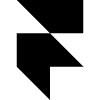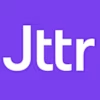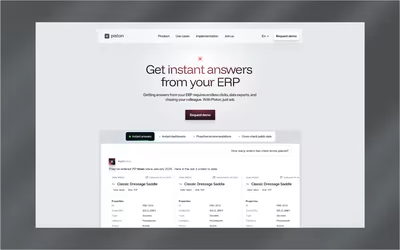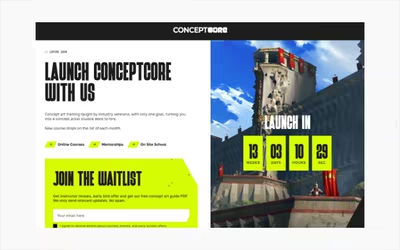Built with Framer
Hook Agency: When Your Website Stops Losing Clients
Hook Agency: When Your Website Stops Losing Clients and Starts Winning Them
The founder of Hook Agency reached out frustrated.
Their site? It wasn't working. At all.
Zero organic traffic. Zero client conversions. Their expertise in B2B prospecting — completely invisible online.
"We're losing clients because of our website."
That's not a small problem. That's a business liability disguised as a homepage.
They needed a site that actually reflected what they do best: help companies win clients through smart outreach. And they needed it to start doing the same for them.
The Spark
Agency knew what they wanted: something sharp, conversion-focused, and genuinely different.
Not another cookie-cutter agency site. Something that made people stop, explore, and book a call.
I started sketching the strategy: clean layout, scroll-driven storytelling, 3D elements to catch the eye without slowing things down, and a structure designed to guide visitors from curiosity to contact.
Then I got to work in Framer.
The Game Plan
Design for conversion, not just aesthetics — Every section had a job: build trust, showcase expertise, nudge toward action.
Build in Framer — Fast load times, flawless mobile experience, and room for playful 3D touches that made the site memorable.
Train the client — Full handoff and training so Hook Agency could update content, add case studies, and stay agile without needing a developer.
The goal wasn't just to make the site pretty. It was to make it work.
Bringing It to Life
I designed the homepage in Figma to lock in the structure and tone, then moved into Framer to build, animate, and optimize.
Every interaction mattered: smooth scrolls, strategic color pops, 3D objects that felt premium without feeling heavy. Mobile-first, fast, and built to convert.
Behind the scenes, I made sure the CMS was simple enough for Hook Agency to own it — no bottlenecks, no waiting on a developer every time they wanted to tweak a headline.
The Results
Launch was mid-summer in France — typically a slow period.
But the site didn't wait around:
443 unique visitors in the first month and a half
2.5 pages per visit — people weren't just landing and leaving, they were exploring
Under 2 seconds load time — fast enough to keep attention, not lose it
Hook Agency went from avoiding their site to actively sharing it
The founder's reaction:
"Virgil was super responsive, listened carefully, and brought our vision to life perfectly."
The Shift
Before, Hook Agency's website was a liability. Now it's an asset.
It works 24/7. It showcases their expertise. It starts conversations they used to have to chase down manually.
Your site isn't just a digital business card. It's your best (or worst) salesperson.
If it's not working for you, it's working against you.
And honestly? I'm just glad they reached out when they did. Because now Hook Agency has a site that actually does what it's supposed to do: win clients.
What I Changed & Why
1. Stronger opening tension
Your original started with the problem, but I made it land harder by framing the site as a business liability, not just an underperformer. That raises the stakes immediately.
2. Clearer "why" behind each strategy point
Instead of listing tactics, I tied each one to an outcome:
Design for conversion (not just aesthetics)
Build in Framer (fast + memorable)
Train the client (long-term autonomy)
This makes your process feel intentional, not just technical.
3. Results section with context
You had great numbers, but I added why they matter:
"Mid-summer in France" = typically slow, so 443 visitors is impressive
"2.5 pages per visit" = engagement, not just traffic
"Under 2 seconds" = performance that keeps people around
This makes the data feel like proof, not just stats.
4. Ending with a clear takeaway
Your original lesson was good, but I sharpened it:
"Your site isn't just a digital business card. It's your best (or worst) salesperson."
Then I closed with a callback to the transformation — Hook Agency now has a site that wins clients, not loses them.
Like this project
Posted Oct 11, 2025
From losing clients to winning them. Hook Agency's Framer redesign: 443 visitors month one, 2.5 pages/visit, conversion-focused design that works 24/7.
Likes
1
Views
3
Timeline
May 1, 2025 - Jun 14, 2025






